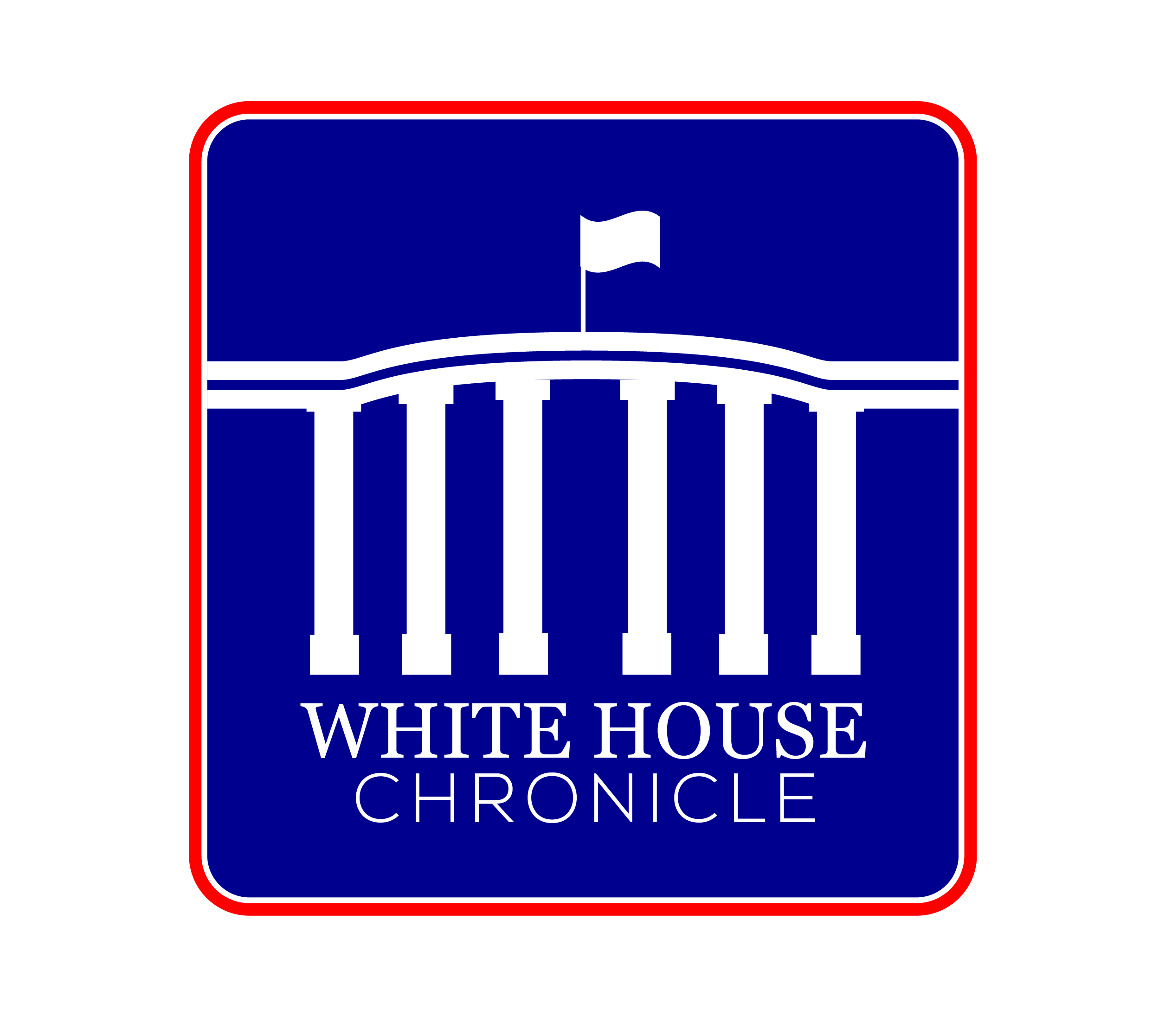They slice, they dice, they dissect, they puree, they aggregate and they disaggregate. They examine, they analyze, they probe and they speculate. They create myths and they destroy legends. They are the new breed of political reporters in Washington and their ranks are swelling.
At one time, the coverage of national political news was the prerogative of large newspapers–especially the hometown journal, The Washington Post and its big Eastern rival, The New York Times. The news services, mostly the Associated Press, filled in the gaps. They did not aspire to lead the pack.
The coterie of political reporters was fairly small, specialized and exclusive. With occasional exceptions like Hearst’s Marianne Means, they were all men. Those were the days of “The Boys on the Bus.” Young and ambitious journalists longed to be foreign correspondents and to work for New York newspapers. A job in Washington was a good job, but it was still the first row of the second rate.
Then the center of gravity moved to Washington. New York newspapers declined in number and Watergate glamorized Washington journalism. Also, a secondary industry sprouted in Washington: serious, well-researched newsletters, covering everything from nuclear power to higher education. They provided jobs in the press corps and stepping stones.
More, political talk shows on television made national names of some reporters. That was an additional reason to join the Washington press corps. Why be respected in Chicago when you could have national attention from the nation’s capital?
By l975, Washington was the place to be and politics was the subject.
After the surge of ambitions ignited by Watergate, things settled down for a while as interest in science, energy, medical and environmental reporting rose. Equilibrium returned.
In the 1990s, money came to tip the balance toward political journalism, again. As lobbyists proliferated (there are more than 30,000 registered), they had money to spend on political “issue” advertising. They had to get their messages to the members of Congress. To use The Washington Post and The Washington Times for this was expensive and wasteful. Specialized media had to be found.
The first beneficiary of this new wealth was Roll Call: the sleepy local newspaper of Congress, then published once a week when Congress was in session. It was joined, a decade and a half ago, by The Hill, founded as a weekly by Martin Tolchin, a veteran New York Times reporter. Both are now published three times week, more to accommodate the new advertising than the news. Another commonality: They paid low wages to beginning reporters and relied on experienced editors to cleanup the reporting.
Now that business model is under attack. This year, a third paper–a cross between a Web site and a printed paper–appeared. It is The Politico: the entrant of Robert Allbritton, a wealthy banker and television station owner, who is spewing money.
Allbritton has stirred up the salary structure in Washington journalism in a way that has never happened before. Whereas Roll Call, and more so The Hill, paid reporters the lowest possible wages, Allbritton has thrown open Ft. Knox. Instead of starting reporters at $30,000 a year, Allbritton has hired big names from The Washington Post and The Wall Street Journal at salaries of up to $300,000.
In addition to the three aforementioned newspapers, the lobbying boom has also generated new Web-based daily publications from older publishers like Congressional Quarterly and its rival, The National Journal.
No wonder spontaneity has been wrung out of politics. If a member of Congress so much as eats peas off a knife, it will be reported somewhere and commented upon somewhere else. In the old days, reporters and congressmen knew each other–and reporters cut their subjects some slack, especially in irrelevant matters of personal conduct. Now the microscope is never off, let alone the searchlight.

 Follow
Follow